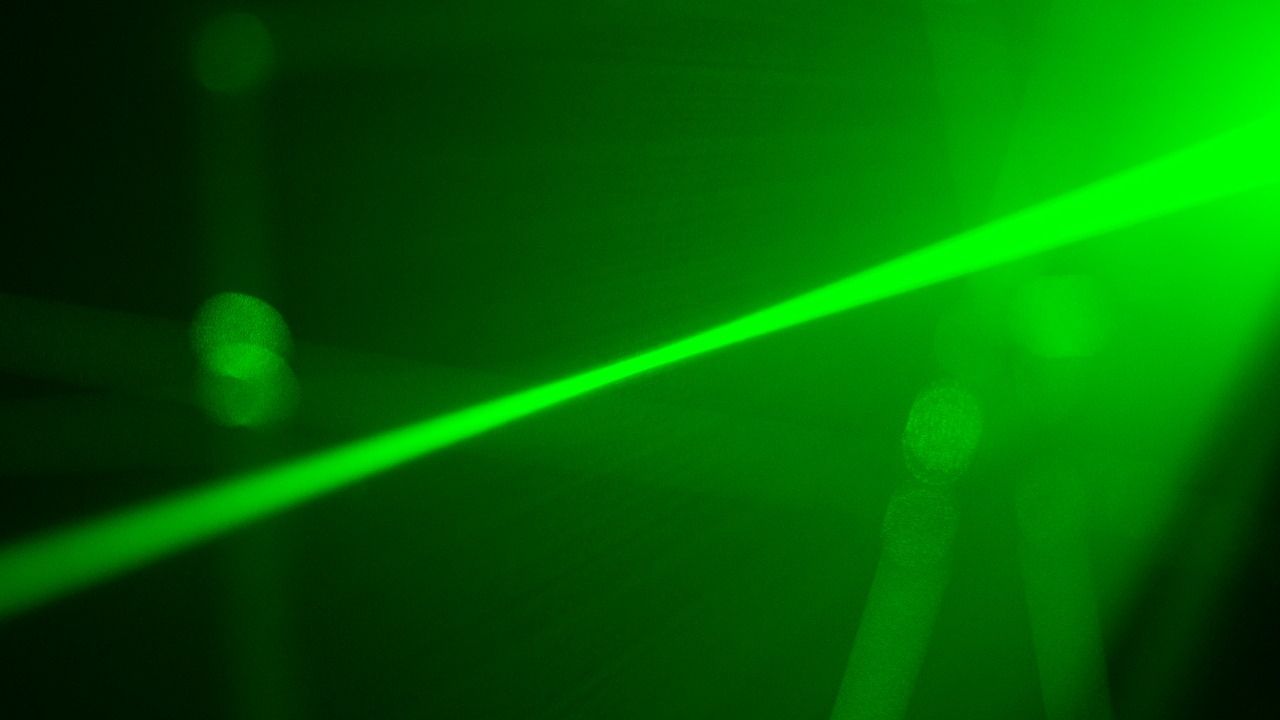
Recent advancements in laser technology and quantum physics are set to revolutionize our perception and interaction with the world. A groundbreaking tiny laser, coupled with the potential of tiny quantum dots and quantum sensors, is paving the way for unprecedented precision in imaging, detection, and health monitoring.
The Fundamentals of the Tiny Laser
The tiny laser, despite its diminutive size, is a powerhouse of efficiency. It generates coherent light, a critical component for sensory applications, with remarkable precision. The laser’s design integrates with nanoscale components, allowing it to produce high-resolution output without the need for traditional bulky hardware. This compactness is a game-changer, as it opens up possibilities for integrating laser technology into everyday devices.
Initial prototypes of this tiny laser have already been tested in laboratory settings. The results are promising, indicating potential for scalability and widespread use. The ScienceDaily report on this breakthrough underscores the transformative potential of this technology.
Quantum Dots and Enhanced Visibility
Quantum dots, another recent innovation, could dramatically improve our ability to see in low-light conditions. These tiny particles have the ability to amplify light sensitivity, transforming night-time observation. When integrated with lasers, quantum dots can create adaptive vision systems that mimic or even surpass human night vision capabilities.
The material properties of these quantum dots, such as their tunable wavelengths, enable broader spectral detection. This means they can detect a wider range of light frequencies, further enhancing their utility in low-light conditions. The ANA report provides a comprehensive overview of the transformative potential of quantum dots.
Quantum Sensors in Health Applications
Quantum sensors, another exciting development in the field of quantum physics, are poised to revolutionize health monitoring. These sensors leverage the precision of lasers for non-invasive health monitoring. They can detect biomarkers for wellbeing, providing real-time physiological tracking.
However, integrating these sensors into wearable devices presents both challenges and benefits. The potential for improved health outcomes is significant, but technical hurdles must be overcome to ensure reliability and accuracy. The Physics World analysis provides a detailed exploration of these issues.
Biomedical Innovations Tied to Laser Tech
The world of biomedicine has also seen a surge of new inventions tied to laser technology. For instance, micro-laser probes for internal imaging are showing transformative potential in medical procedures. These inventions are addressing current limitations in precision medicine by providing enhanced sensory feedback.
The Listverse report on new biomedical inventions provides a comprehensive overview of these developments. The potential for these technologies to revolutionize diagnostics and treatment is immense.
Transforming Environmental Sensing
The tiny laser also has significant potential in environmental monitoring. Its ability to detect subtle changes in light and matter makes it a powerful tool for tracking pollution or remote ecological sensing. Quantum systems enhanced with laser technology could provide invaluable data for environmental conservation efforts.
Moreover, the synergy between the tiny laser and quantum dots could enable low-light environmental data collection in challenging terrains. The ScienceDaily report provides a detailed exploration of these possibilities.
Challenges and Ethical Considerations
While the potential of these technologies is immense, they also present technical and ethical challenges. Miniaturizing lasers while maintaining reliability is a significant technical hurdle. Ethical considerations, such as privacy concerns in advanced sensing and equitable access to these transformative tools, must also be addressed.
Regulatory frameworks will need to be developed to guide the deployment of laser-based sensors in health and public spaces. As we move forward, it will be crucial to balance the potential benefits of these technologies with the need for responsible and ethical use.